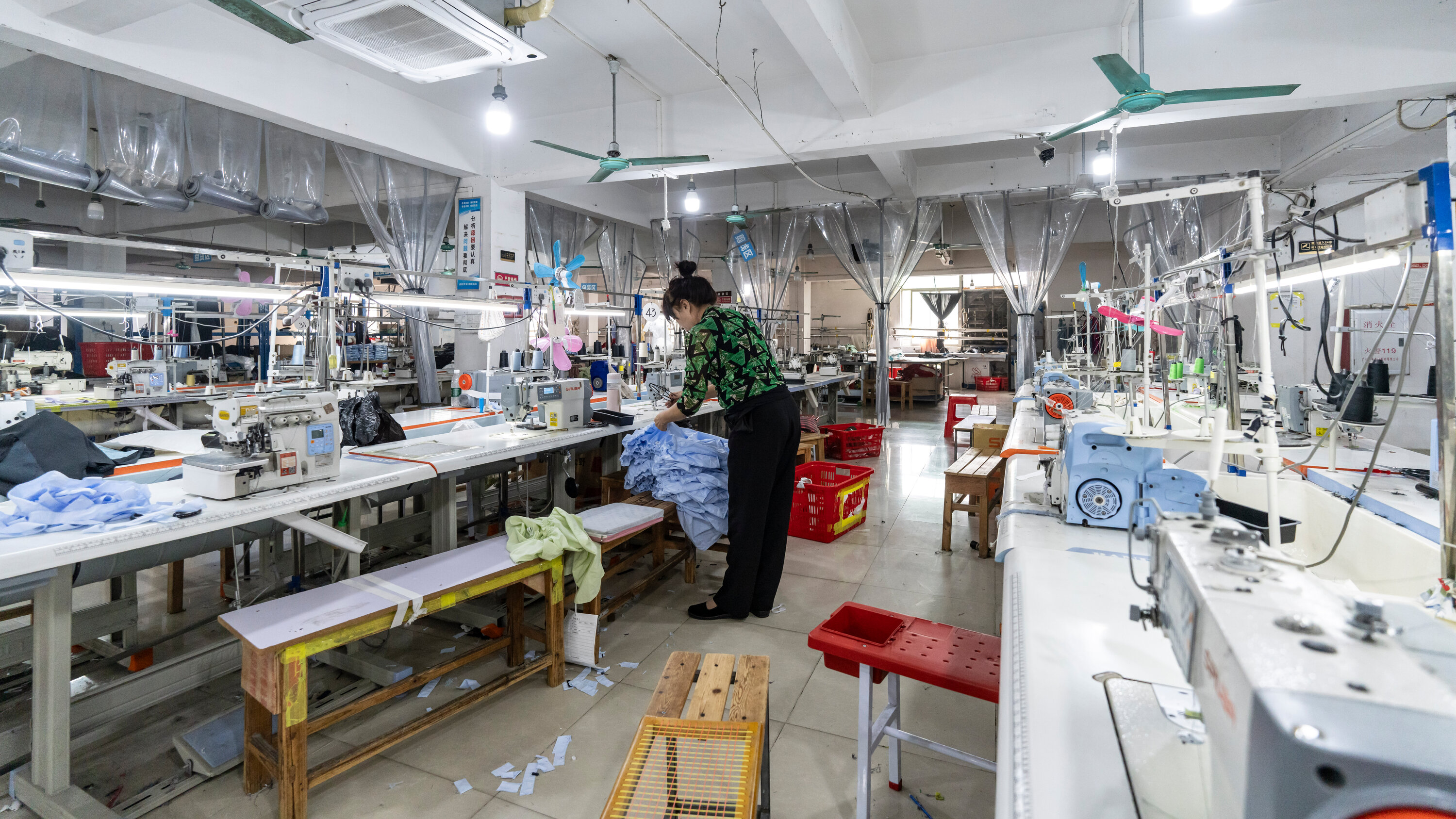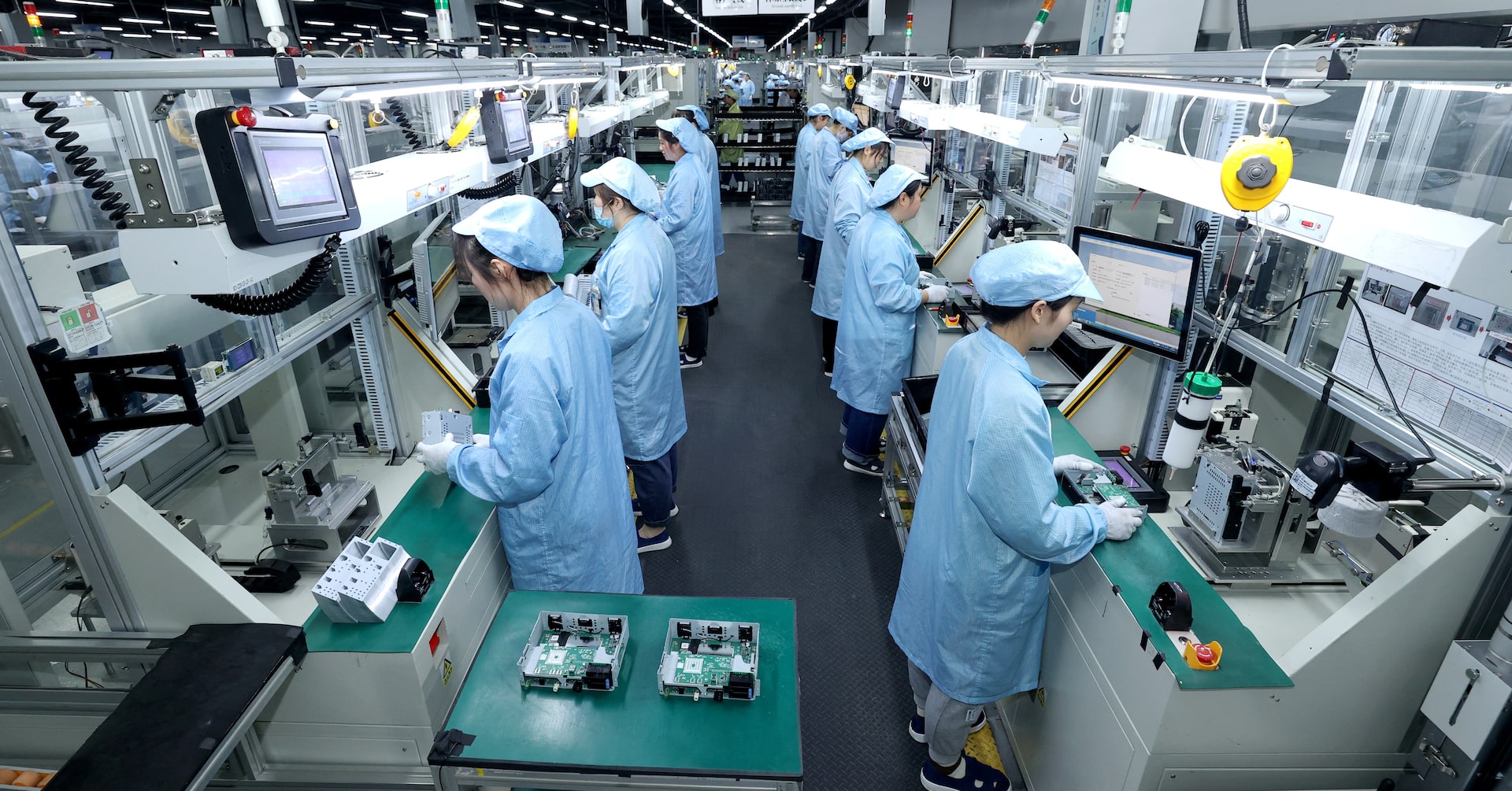
Manufacturing Mayhem: China's Industrial Sector Stumbles Under Trump's Trade War Pressure
China's manufacturing sector experienced a significant downturn in April, hitting its weakest point since December 2023, as mounting US tariffs cast a shadow over business confidence. Economic analysts have observed a notable shift in market dynamics, with importers now adopting a cautious "wait-and-see" strategy following a frenzied production sprint by Chinese manufacturers in March. The sudden pause in industrial activity reflects the growing economic tensions and uncertainty surrounding international trade relations. After an intense push to complete outstanding orders in the previous month, manufacturers are now taking a more measured approach, carefully assessing the potential impact of recent trade restrictions and market volatility. This contraction in factory activity serves as a clear indicator of the challenges facing China's manufacturing landscape, highlighting the delicate balance between global trade pressures and domestic economic resilience. Businesses are recalibrating their strategies, anticipating potential shifts in the economic environment and preparing for potential further complications in the international trade arena.









